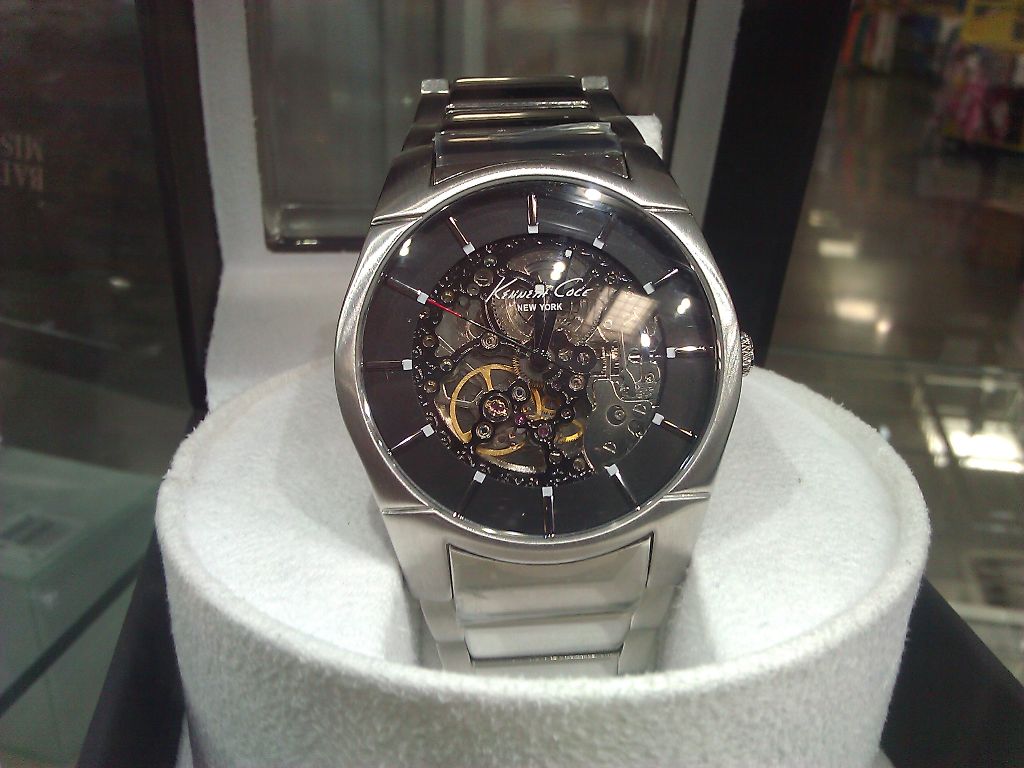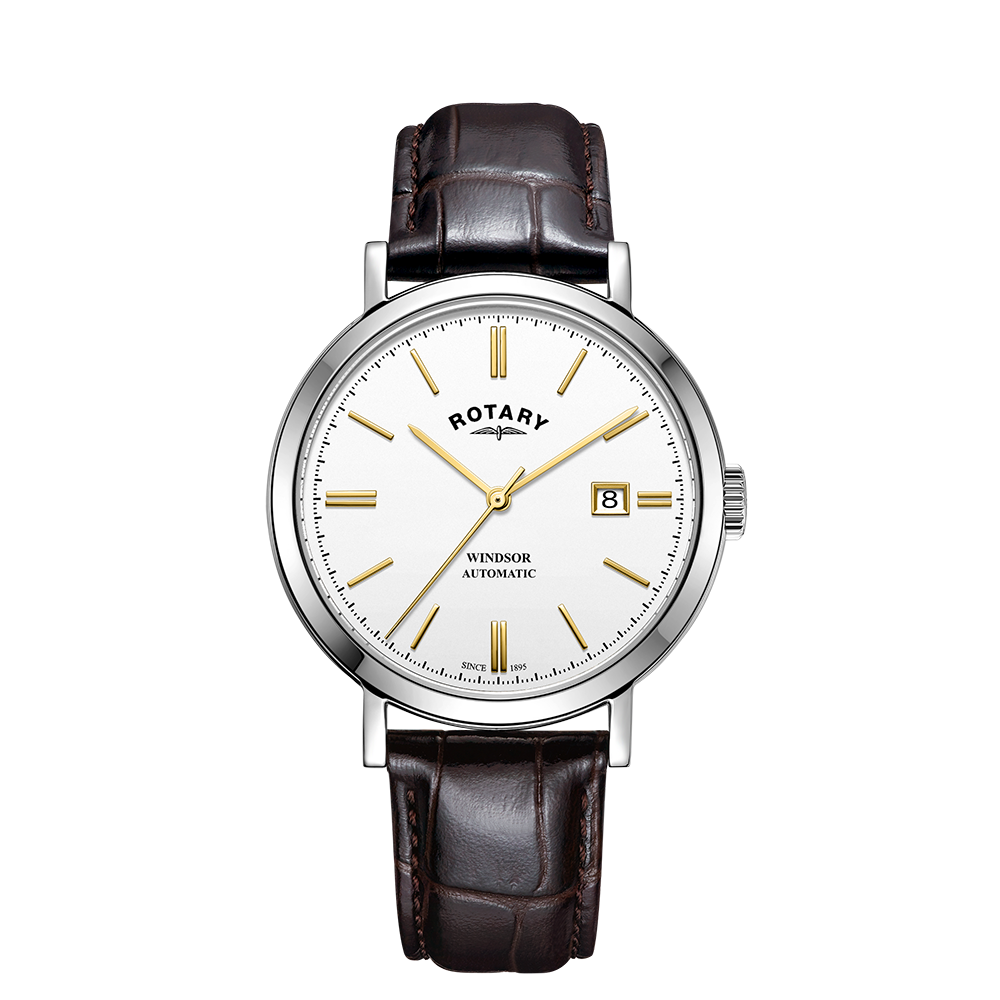

These measurement standards may make it seem to be an easy thing to find the most accurate automatic watch, but not as much as you might think.
#Rotary automatic watch winder plus

Average daily rate at 23 degrees Celsius: plus or minus.6 of a second per degree Celsiusįor a quartz movement watch, the tests are different. The criteria include benchmarks for the average daily rate at three different temperatures (23 degrees, 8 degrees and 38 degrees Celsius), plus rate stability, the dynamic rate, the immediate and lasting effect on accuracy from mechanical shocks, and rate resumption.įor a quartz movement, the marks a watchmaker is aiming for are: Difference of rates in vertical/horizontal position: +8 or -6 seconds per day.Average daily rate: +6 or -4 seconds per day.To receive an official COSC Chronometer rating, mechanical movements must have the following results on tests (or better):


Difference in the rate of seconds gained or loss in either vertical or horizontal position.Mean variation in rates (or how consistent the loss or gain is over a period of days).Average daily rate of seconds lost or gained.Testing Criteria for the COSC Standardįor a mechanical watch movement, there are seven different things that are measured to determine its accuracy: This makes it a great way to gauge just how accurate the new watch you want to purchase is. This is not a certification that is easy to achieve, as you can see. Each individual watch movement is tested for fifteen straight days to ensure an accurate reading of its ability to keep time. Here’s another thing to note: these are not short, simple tests. To get a COSC certification, a watch movement must pass all the tests for its movement type coming up short in just one will result in the watch failing this strict test. There are seven different areas the COSC test before they will certify a watch with a mechanical movement and eight areas for a quartz movement. This Swiss non-profit has been testing and certifying watches for decades, and receiving a certificate from the organization is an achievement for example, only three percent of the watches they test manage to achieve COSC certification. The COSC has exactly one function: to test, measure and certify the accuracy of watches. The most precise watches will still lose or gain seconds every single day, which means the time on your watch can quickly become off by minutes or even hours.To limit how often you must reset it, you want the most accurate mechanical watch you can get, which means we need to know exactly how accurate a watch can be. These intricate devices usually contain over one hundred different parts, and a very small problem with just one of them can lead to your watch failing to keep accurate time. This is even more pronounced in the case of watches and other timepieces. Moving PartsĪny device that has moving parts is never going to attain one hundred percent accuracy.įriction, drag, and the laws of physics limit the ability of any device to operate exactly the same way, day after day, year after year. First, let’s discuss why there is no such thing as a perfectly accurate watch, not even among the best automatic watches under $500 (or more expensive ones for that matter). Let’s look at some things you should consider when you’re ready to purchase your next mechanical watch. Of course, automatic watch accuracy isn’t perfect, but accuracy varies greatly between different models and brands.Įven the most precise watches still lose or gain seconds every day, and an automatic watch is no different. There are extremely accurate timepieces, for example an atomic clock, that keep time by measuring the vibrational frequency of an element, but even these are not perfectly accurate forever.įor watch owners who love a well-built timepiece but want the convenience of one with less maintenance required when it comes to keeping it working, a mechanical watch or military tactical watches may be the perfect fit. There is no such thing as a perfectly accurate watch.


 0 kommentar(er)
0 kommentar(er)
